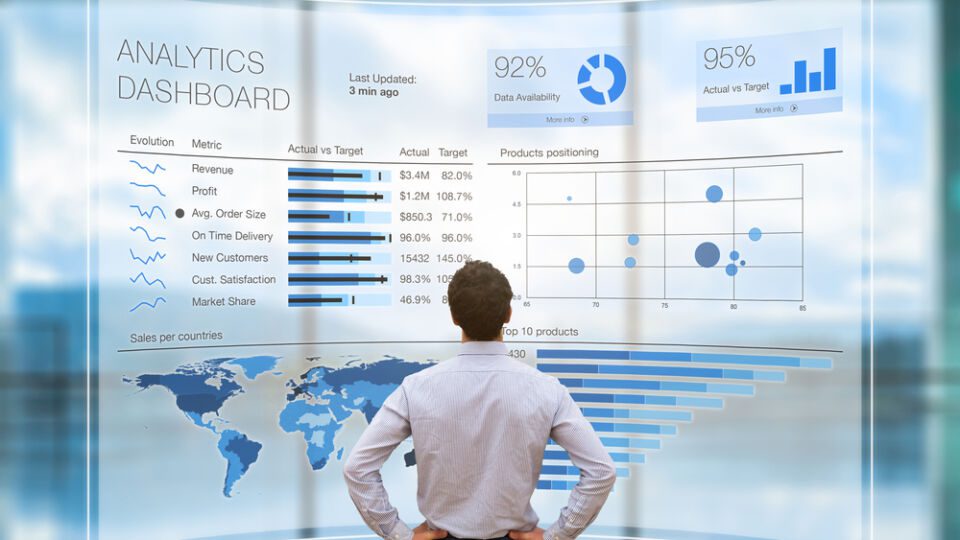
Prior to the pandemic, brick-and-mortar retailers were already facing fierce competition from online marketplaces. Purchasing online often meant access to a better selection of (and global access to) products, more convenience, and, in many cases, cheaper deals.
The COVID-19 pandemic conditions not only provided consumers access to products they couldn’t buy at locked-down physical retailers — online shopping also enabled them a safer way to procure both essential and non-essential items. While brick-and-mortar retailers across the globe have been grappling with how to enhance the customer experience for some time, the pandemic is serving to accelerate the “offline” business transformation.
Traditionally, the retail sales process has followed seven steps: prospecting and qualifying; preparation/pre-approach; approach; presentation; overcoming objections; closing the sale; and follow-up. In this new era, this model has grown more personalized, matching specific products and services with client profiles that contain demographic information and related interests. Based largely on their online shopping experiences, increasingly sophisticated consumers expect this same level of customization, interactivity and reliability from their brick-and-mortar stores.
With online marketplaces presenting increased global competition, brick-and-mortar retailers often feel that they have less control over purchasing behavior. At the same time, it is difficult for them to justify making large investments in physical spaces without reliable data that will ensure a solid ROI. To paraphrase marketing executive Bernardo Trujillo’s famous quote, “no parking, no business,” I think today it’s safe to say, “no business intelligence, no future.”
This is where AI-driven marketing analytics enter the picture. Data is crucial to success for today’s retailers, and it goes beyond simple data management. Smart data analysis — data intelligence, if you prefer — is the key to anticipating customer needs. With the application of AI, companies have access to the accurate, real-time data that enables them to adapt and evolve quickly, continuously improving upon the customer experience while streamlining their back-office operations.
Grown-Up Marketing Intelligence for Offline Businesses
In its infancy, AI-driven marketing analytics for brick-and-mortar retail applications were able to detect and count human shapes. Second-generation advancements went on to identify gender and age group with 60% reliability.
Now in its third generation, in-depth marketing analytics software interprets video streams from in-store cameras to detect each visitor according to his or her silhouette, body shape and facial metrics, providing information about gender and age with a 98% accuracy rate. It will measure foot traffic, length of stay, how long customers wait for service and checkout, as well as which merchandising displays garner the most attention, and what digital signage ad campaigns produce the best results.
This all happens while preserving visitor privacy, which is critical for legal purposes. The software must collect and store no personally identifiable information (PII) to remain in compliance with local, regional and/or national laws.
With this data on hand, store managers are now better equipped to make decisions that will boost foot traffic, length of stay and return visits. The metrics they receive about inbound marketing campaigns and product displays will help them and communications teams to improve on in-store advertising and merchandising. And in examining the efficacy of sales representatives, they can optimize human resources allocation and even identify areas for improvement in employee training. Combined, this directly benefits marketing activities and daily business operations while fulfilling the ultimate goal: enhancing the customer experience.
Every business strives to continuously improve its performance and offer the best customer service in their field. But without in-depth intelligence and regular KPIs, gathering the necessary information to do so is an impossible task.
As consumers continue to demand better service and personalized interaction with their favorite brands, brick-and-mortar retailers need to integrate this customization into every facet of their communication and offerings. With AI-driven analytics, they can now achieve this, significantly boosting their success levels in attracting and retaining an increasingly loyal consumer base.
Florent Hédiard is Global Marketing Director at Navori Labs.




